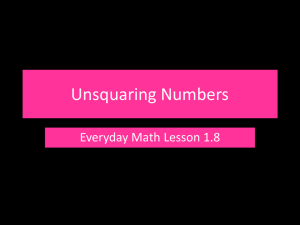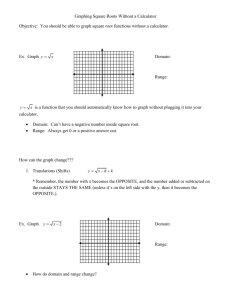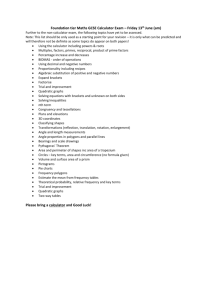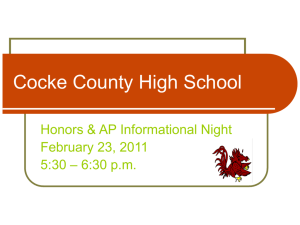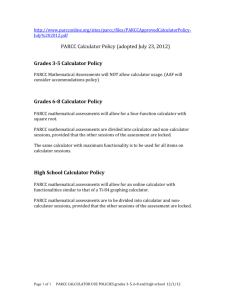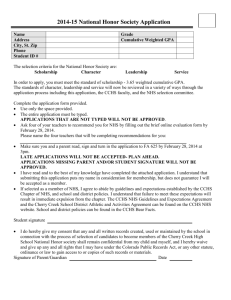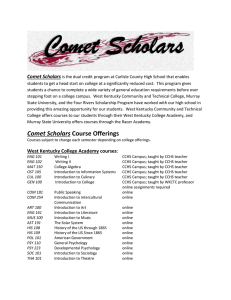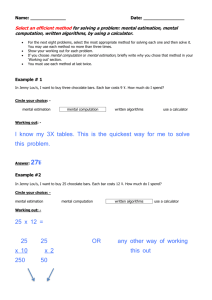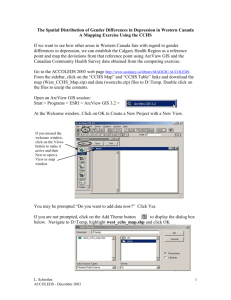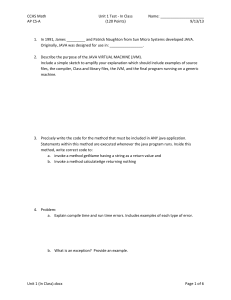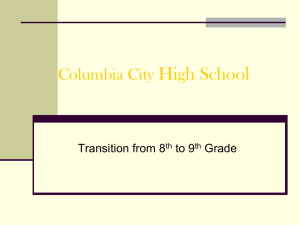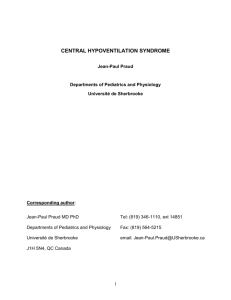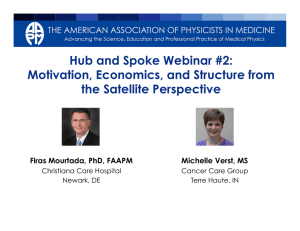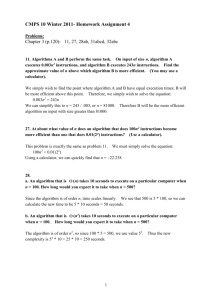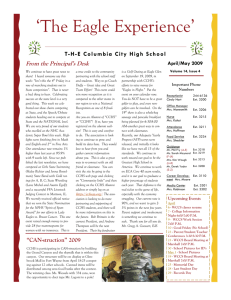CCHS Math Department Technology Philosophy
advertisement
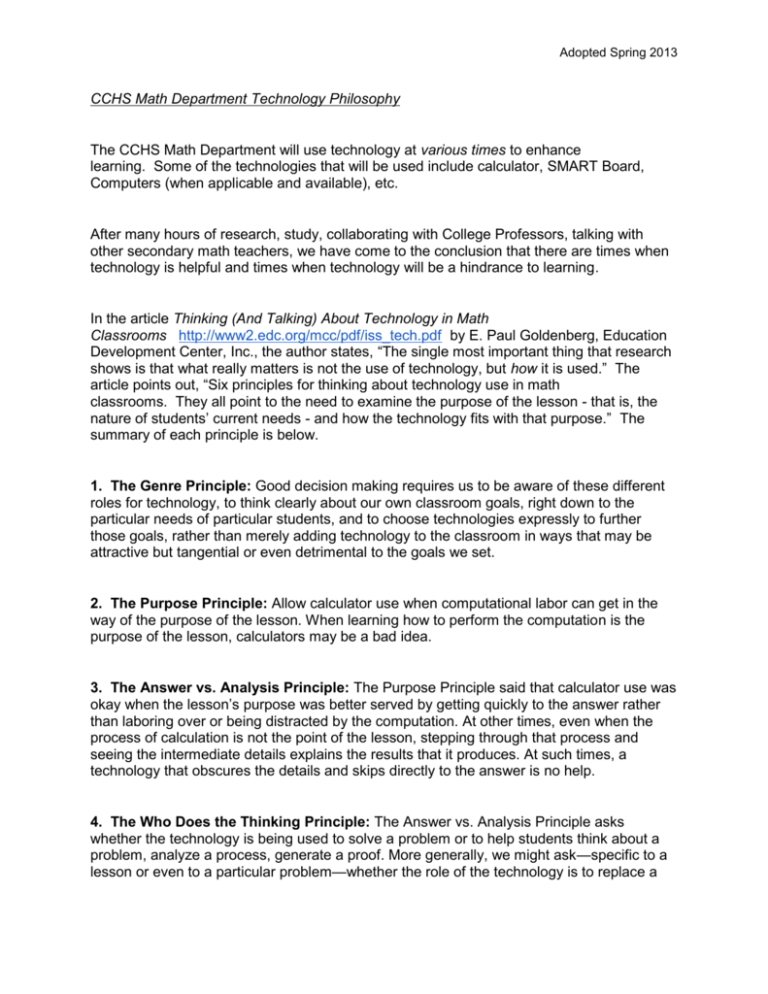
Adopted Spring 2013 CCHS Math Department Technology Philosophy The CCHS Math Department will use technology at various times to enhance learning. Some of the technologies that will be used include calculator, SMART Board, Computers (when applicable and available), etc. After many hours of research, study, collaborating with College Professors, talking with other secondary math teachers, we have come to the conclusion that there are times when technology is helpful and times when technology will be a hindrance to learning. In the article Thinking (And Talking) About Technology in Math Classrooms http://www2.edc.org/mcc/pdf/iss_tech.pdf by E. Paul Goldenberg, Education Development Center, Inc., the author states, “The single most important thing that research shows is that what really matters is not the use of technology, but how it is used.” The article points out, “Six principles for thinking about technology use in math classrooms. They all point to the need to examine the purpose of the lesson - that is, the nature of students’ current needs - and how the technology fits with that purpose.” The summary of each principle is below. 1. The Genre Principle: Good decision making requires us to be aware of these different roles for technology, to think clearly about our own classroom goals, right down to the particular needs of particular students, and to choose technologies expressly to further those goals, rather than merely adding technology to the classroom in ways that may be attractive but tangential or even detrimental to the goals we set. 2. The Purpose Principle: Allow calculator use when computational labor can get in the way of the purpose of the lesson. When learning how to perform the computation is the purpose of the lesson, calculators may be a bad idea. 3. The Answer vs. Analysis Principle: The Purpose Principle said that calculator use was okay when the lesson’s purpose was better served by getting quickly to the answer rather than laboring over or being distracted by the computation. At other times, even when the process of calculation is not the point of the lesson, stepping through that process and seeing the intermediate details explains the results that it produces. At such times, a technology that obscures the details and skips directly to the answer is no help. 4. The Who Does the Thinking Principle: The Answer vs. Analysis Principle asks whether the technology is being used to solve a problem or to help students think about a problem, analyze a process, generate a proof. More generally, we might ask—specific to a lesson or even to a particular problem—whether the role of the technology is to replace a Adopted Spring 2013 capacity that the student might otherwise need to develop or to develop the student’s capacity to think, independent of the technology. Some of each may be warranted, but good use of technology depends on making such decisions consciously. This focus on helping students develop ways of thinking about a problem—thinking that eventually becomes independent of the technology—is reminiscent of ETS’s conclusion that using technology to teach higher-order thinking skills was positively related to mathematical achievement, while using it to drill lower-order skills was negatively related. 5. The Change Content Carefully Principle: Decisions about what is or is not obsolete content must be made thoughtfully, attending not just to what technology can do, but to a careful analysis of what students need to be able to do— especially how they need to be able to reason. 6. The Fluent Tool Use Principle: “Touching” several computer or calculator tools but not really mastering them may do more harm than good: it costs time and teaches little. Learning a few good tools well enough to use them knowledgeably, intelligently, mathematically, confidently, and appropriately in solving otherwise difficult problems makes a genuine contribution to a student’s mathematical education. The CCHS Math Department plans to incorporate these principles when deciding when and how to use technology.



